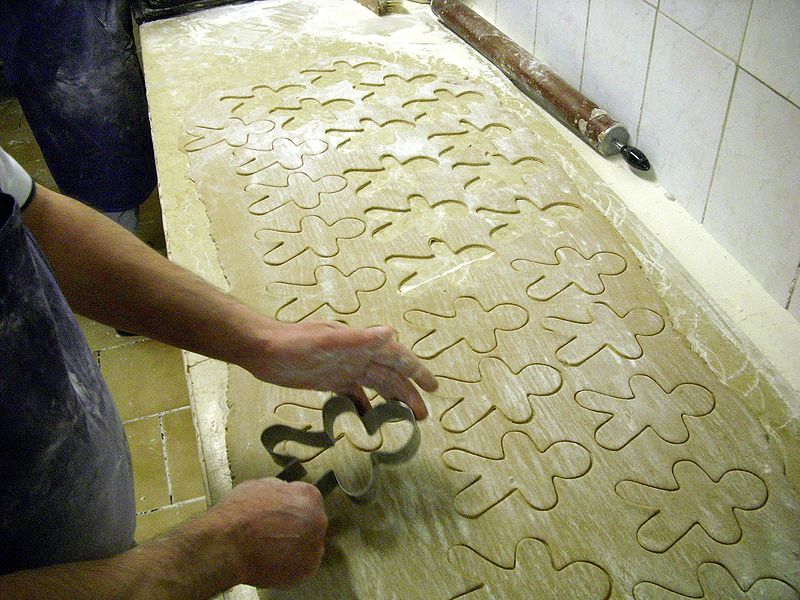There’s a public Facebook group that I belong to called Friends Who Like Wine In The Glass. Ran by Steve and Vashti Roebuck of Wine In The Glass, it has nearly 10,000 members who span everything from regular wine lovers to industry folks and even Masters of Wine.
It’s always a good place to pop in for interesting wine conversations such as this recent thread by Larry Baker, aka Larry the Wine Guy. The thread started with Baker posting his latest video about the confusing 75% loophole for labeling American wines by grape varieties and the challenges of trying to educate consumers that their favorite Cab, Merlot or Pinot noir might actually be a red blend.
I know where Larry and other wine stewards/somms are coming from.
As someone who spent many years in the retail trenches, I can sympathize with Larry’s frustrations. The loophole is confusing. It’s also really tough dealing with people so hung up on a grape variety that they’re closed off to trying any other wine which doesn’t have that magical name on the label.
Yet, many American varietal wines in the sub $20 category can be very “red blend-y”–either because of style or a winemaker using the full stretch of that 75% loophole. I understand the desire to want to educate consumers on this loophole and use that enlightenment as a segue to get them to break out of their mono-varietal rut. However, watching Larry’s video and picturing these types of conversations happening on the sales floor made me cringe.
I know Baker is a good guy and has the best of intentions. I’m sure he’s had many great customer interactions and successes. But I’m also absolutely certain that his sincere, but exacting approach to educating consumers has turned off more than a handful as well.
(Update: Since this blog has been published, Baker has shared some more of his thoughts on sales in the comments of his original post that are worth reading for his perspective.)
I’m not writing this to pick on Larry.
He’s definitely not an isolated case.
Every single person reading this blog can think of sommeliers, wine stewards or tasting rooms associates that they’ve encountered who’ve leaned a bit too hard on the wine education front. While some of it can be driven by arrogance and snobbery, for most folks (like Larry), it’s more of an over-extension of passion. When you love wine and what you do, it’s hard not to want to share that and use your knowledge to encourage folks to try new things.

You only need to apply a little grease to ease the friction.
That passion isn’t bad. Wine education isn’t bad. But it’s imperative for anyone dealing with consumers to understand that education is not the engine that drives sales. It’s service, of which education is merely the grease that helps smooth things along.
But you know what happens when you over-grease the gears? Things run hot and break down. Customer service breaks down and the whole engine that we need to sustain the wine industry starts grinding to a halt.
Slathering on even more grease is not going to fix that.
As the US deals with declining wine sales, getting that engine back up and running is at the top of many concerns. However, anytime the industry deals with disappointing sales, there’s always a knee-jerk reaction that more education must be the answer.
Why is no one buying Sherry? It’s too confusing!
Why are Rieslings such a tough sell? People don’t understand them!
You could play this script out for most any wine topic. It’s like there is a paradox that the answer is to both dumb things down while using education as a hammer to break through consumer ignorance. But what we should be doing is putting away both the crayons and hammers. We don’t have an education problem in the industry.
We have an empathy problem.
Frequent readers of the blog know that this is a tune that I’ve sung many times before. From my posts One Night Stands and Surprises about wineries, Wine Shops’ Biggest Mistake to my recent ponderings of When Did We Stop Treating People Like People?, I’m going to keep banging this drum.
In my career, there’s been no lesson more valuable to learn than that consumers want more listening and less lecturing. They want to be heard, seen and served–not sold to. Any winery, restaurant or wine shop that teaches “selling skills” should throw out those training manuals and start over. It won’t be selling skills that get you sales; it will be your service skills.

While the logs are undoubtedly vital, no air=no fire.
Those are the skills that will teach you to meet the customer where they are–at their level of knowledge and comfort. While service skills value the use of education to help smooth things along, they know that its use must be measured and not overdone.
Holding a consumer’s interest in wine is like maintaining a fire. It starts with a spark and some kindling. As it grows, you throw on logs (new wines, new knowledge) as fuel to keep it going. But you can’t toss too many on without smothering out the whole thing. The fire needs ventilation and air to sustain itself.
Too many wine professionals smother consumers with education and expertise.
I’m not saying that the industry should turn “anti-expert.” I don’t think anyone can read this blog and come away with the idea that I’m against wine education and expanding folks’ knowledge.
Education is important. Greasing the gears and throwing logs on the fire is essential.
But it’s not the engine or air which our industry needs to survive. Service is.





